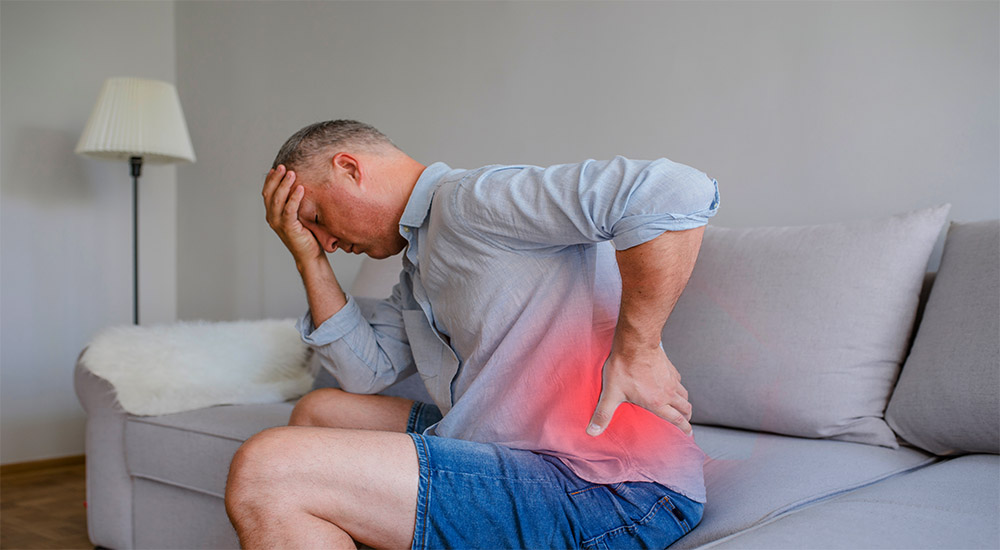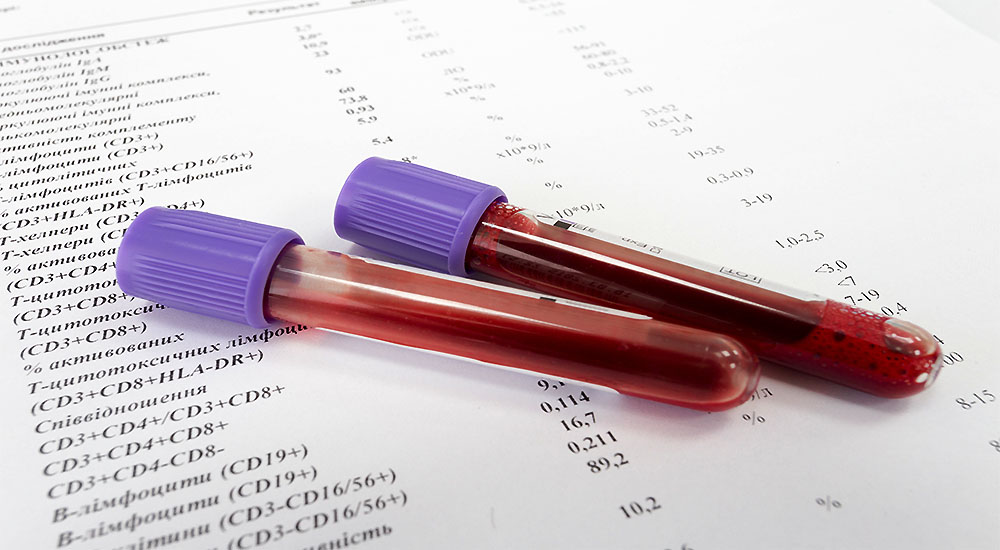Is Physical Therapy the Best Solution for Sciatica?

What’s Causing Your Back, Leg or Foot Pain

You have a nerve in the lower half of your body that’s big and long. It’s called the sciatic (si-at-ik) nerve and it begins in the low back and travels all the way down the side of the thigh to the lower leg and extends to the ankle and foot. When the nerve is irritated or inflamed, it’s called “sciatica”.
In addition to causing pain, sometimes patients feel a sudden cramp which can cause their thigh, lower leg, or foot muscles to freeze. This can be a debilitating situation for the patient as it stops them from walking or moving.
Why Does it Happen?
The big question is: “What causes the sciatic nerve to be affected?”
Since the nerve travels a long distance, there are many areas where it can get compressed and irritated. It can be pinched at the level of the low back. It can be compressed in between the big muscles of the thigh and lower leg, or it can be irritated by the imbalance of strong and weak muscles in any of these areas. The nerve can also be positioned incorrectly if the pelvis or hip bones are slightly tilted or misaligned.
If any of the above occurs, the nerve initially can be compressed, but over time the nerve cells actually lose their protective covering and this can manifest as a stinging sensation down the nerve.
How to Prevent Permanent Damage
If the compression continues, the nerve cells start dying off. This affects the muscles to which the nerves are connected. They do not receive the correct messages from the nerves and as a result, start getting “lazy and weak”. That in turn reduces the physical size of the muscles involved.
Once that starts happening, it may be too late to completely reverse the process of compression, something we definitely want to avoid. Therefore it is extremely important to diagnose the problem early, in order to stop the compression of the nerve as soon as possible.
As a physical therapist, it is my job to do a comprehensive evaluation to determine the exact source of the impingement or compression.
Too often I find that patients who come to see me have not been well educated on their condition. Of course, they are coming to see me because it hasn’t resolved, but it never ceases to amaze me that a patient with diagnosed sciatica has not been told that it is related to their lower back and pelvis.
In fact, one patient remarked that he didn’t understand why I was even asking him about whether he had low back or pelvic pain. It very well may be that a patient with sciatica may not be experiencing any low back pain, but it’s highly likely that the origin of the problem stems from the low back in the first place.
And one thing we specialize in here at Root Cause Physical Therapy is diagnosing the root cause of a problem. Therefore I ensure that the low back and pelvic region are thoroughly examined. Most frequently I find misalignments of the bones, tight or spasmed muscles, or swollen discs as the root cause.
Manage the Pain First
Once the evaluation is done and the source of the problem determined, pain management is the next key step. The nerve needs to be protected and healed.
Lifestyle measures such as sleep and sitting positions are all taken into account. Once the pain is under control, the next course of action is to restore flexibility and we do so with gentle core exercises.
It’s a step by step process. If the nerve compression has been very severe and it has caused a lot of muscle damage, then the patient is put on a biofeedback training routine to re-train the affected region for optimum function. That may take more time for healing than the others but it’s worth the effort.
“Sciatica” can be a rigid and difficult problem to treat, but utilizing physical therapy I find excellent results occur when proper guidance is employed with everything from lifestyle to pain management to strength restoration. The key to success is the initial evaluation that identifies the source of the compression, what stage of compression is present, and the proper treatment protocol to utilize. I hope you found this helpful.
Masking pain with medications does nothing to restore proper alignment and muscle balance. In fact, it can worsen the condition. I encourage you to share this post with anyone you know who is suffering from this condition or any pain in their lower back or leg. We are here to help and I encourage you to call us for free health analysis.
Do you need help with your health?
We have the diagnostic and testing tools, the clinical experience, and a different medical approach to discovering the root cause of why you have the symptoms that are bothering you. As long as you are ready to make some dietary and lifestyle changes, we can help you. We will "hold your hand" through the changes, step by step, to make each step an easy one. We are located in Clearwater, FL, at 1000 S Ft Harrison, at the corner of Ft. Harrison Ave. and Magnolia St. There is plenty of parking space directly accessible from Ft Harrison. If it is not convenient for you to come to Root Cause Medical Clinic, we offer telehealth/telemedicine consultations to residents of certain states. Call us for details.
Contact us for a Consultation – Call 727-335-0400
Ask a Doctor
Have a health concern you'd like to speak with a doctor about? Or just want clarity on a subject? Ask Us!
Featured Articles
Popular Stories

Dr. Rupa Chakravarty DPT, OCS
Director of Physical Therapy at Root Cause Medical
Doctor of Physical Therapy, Orthopedic Certified Specialist
Dr. Chakravarty has numerous certifications for different techniques in Physical Therapy practice. She employs an extensive array of manual as well as exercise techniques to manage her patients’ symptoms during their course of therapy.


